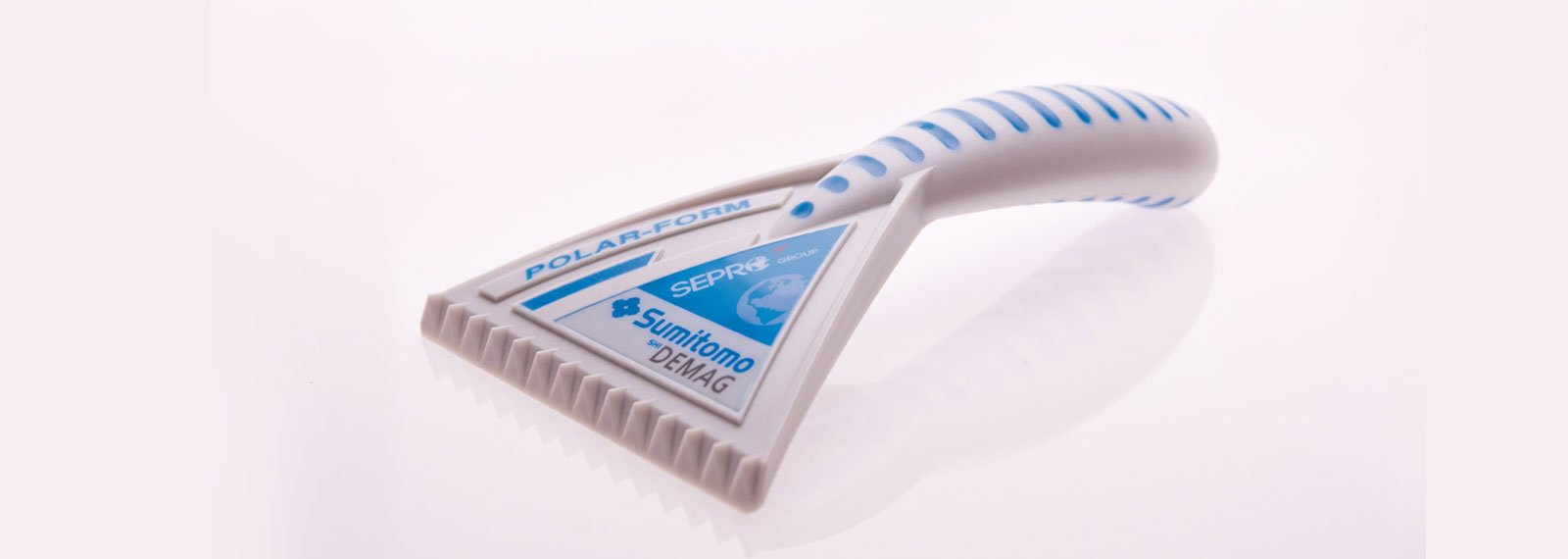高品级多色式样、具有两个或多个组分的复杂注塑、装饰、印刷、纺织品和金属箔片的向后注射、具有装配的注塑等多组分技术在最近几年发展迅速:工艺不断更新,塑料和材料组合已加入在汽车、医疗和通信技术以及电子、包装和体育产业等领域不断更新的应用中。在仅仅几年前未想到的新应用已经出现。这归功于我们在住友 (SHI) 德马格做出的重要贡献:多组分技术已经在上百的生产设施中大展身手:凭借创新的用户特定解决方案,与具有高生产力水平的高标准注塑质量相结合。

Bi-injection – simultaneous or sequenced injection of two components into one cavity
Core-back technique – injection of two components into one cavity one after the other, the space for the second component being accessed by shifting a valve
Transfer technique – the preform is transferred manually or by means of a robot into the second cavity or second machine
Rotary technique – transfer is by axial or vertical rotation with the rotary function provided for in the machine or in the mould
Sandwich technique – different plastics are laminated together to produce a skin-and-core structure.
However different they may be, most multi-component techniques offer similar advantages
Cycle times are signifi cantly shorter
Setting-up of the machine is simpler and faster compared to two “mono material” machines
Operations are simplified
Assembly effort is reduced
Quality assurance and reproducibility are enhanced
Less floor space is required
Energy consumption is lower
The term “multi-component technology” denotes a variety of methods employing specially designed mould and machine features. Basically, they all use two or more injection units to inject two or more materials onto each other or in between each other. If injected onto each other, the components will either form an integral moulding (say an automotive taillight) or a split moulding (say, a closure with a seal ring). If injection is with a shot in between the other shots, referred to as the sandwich technique, a “laminated” structure is obtained, for instance, with a soft skin and a hard core (typically, regrind may be used for the core and virgin material to provide a high-quality surface).